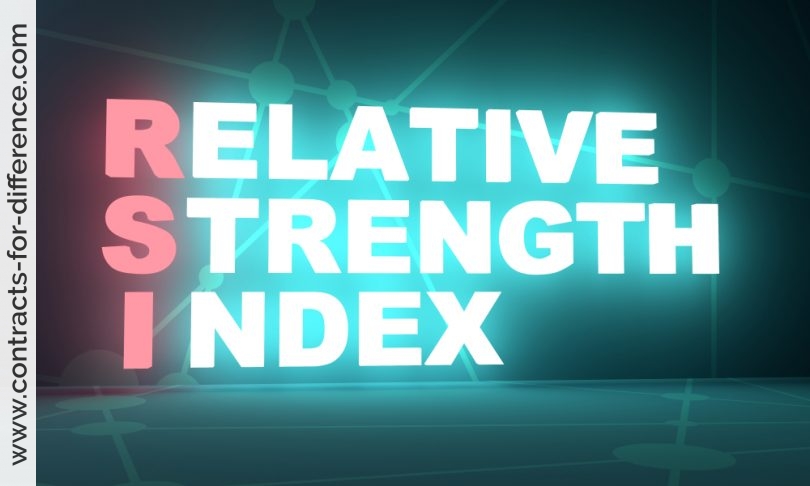You may think this is a misnomer, as ‘relative’ normally means relative to something else, such as the sector or overall market. Relative in this case means the stock’s movements relative to itself and its previous performance. Fortunately, charting software works it out for you, but it’s figured from the average up move divided by the average down move over the specified time period (often 14 days in trading software). As an oscillator, it can go between 0 and 100%, and significant values are 30% and 70%, although some stocks go to 20% and 80%.
The way I have it set up is to have the slightly longer period of twenty days, and exponential weighting, giving greater weight to recent values. With any oscillator, or moving average, come to that, the shorter the time period, the more volatile, or jumpy, the indicator gets. It is based on a formula that takes into account the number of days the stock has closed up and the number of days it has closed down over a given period.
Often the stock is considered overbought above 70% and due a reverse, and oversold below 30% and due a recovery, but these values can vary for different securities, and you should check the historic values for whatever you’re trading. It’s not so good at predicting the oversold condition as it is the overbought.
Some of the ways we can use the RSI to support a trade include watching for it to rise up from 30% or below, in an oversold situation; rising from below 50% in an uptrend; and diverging from the price movement, making a bullish move when the price is consolidating or pulling back in an uptrend.
In any case, a divergence between the price and the RSI shows that the price move may be coming to an end. For instance, the RSI may be going sideways at 30% while the price is still dropping. In this case, the RSI is indicating that the price move is about to reverse to an up move. The RSI is much faster than the momentum indicator, which follows.







